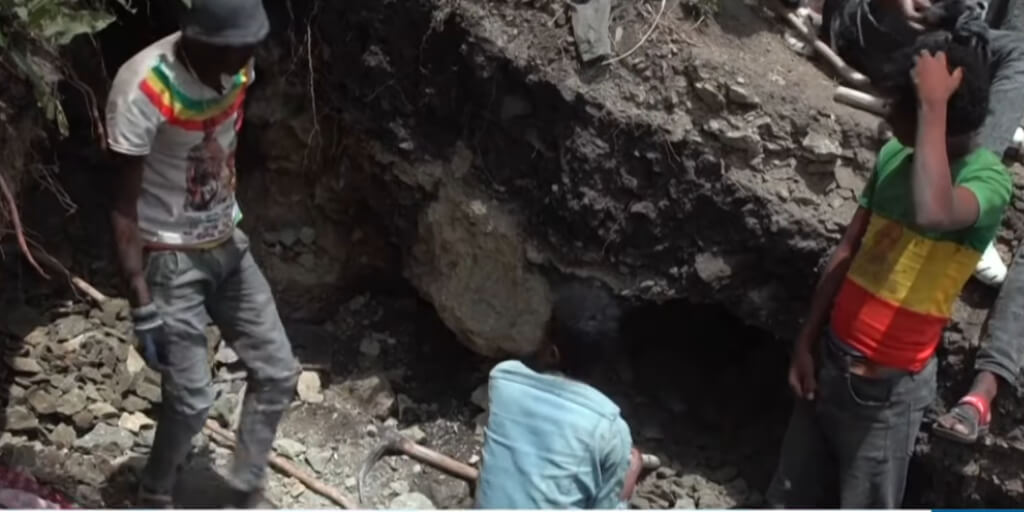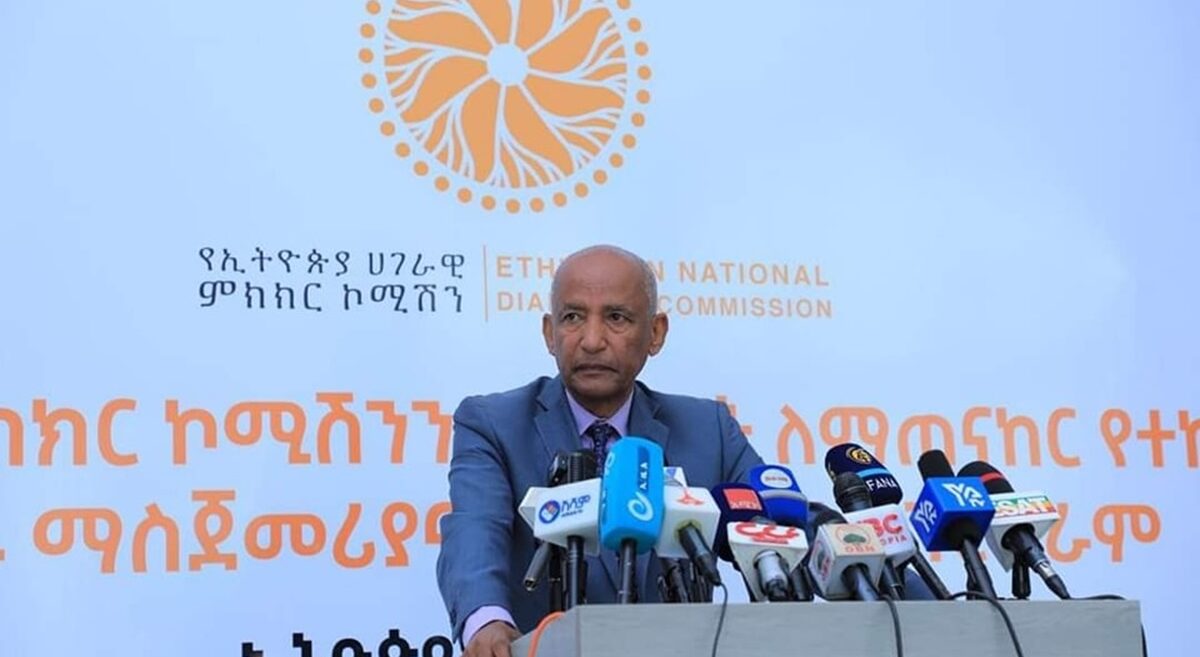An hour with Chester Higgins
Acclaimed photographer Chester Higgins, featured in the previous page, was in Ethiopia a few weeks ago. He met with our editor-in-chief Tsedale Lemma for a coffee and discussed about his life, his connection to Ethiopia, his travels and works. Excerpts:
AS – You have come to Ethiopia first in mid ‘70s right? You have seen it, touched it, been to many places in the country already, and yet you kept on coming back. Why?
Chester – There are a couple of things. First of all Ethiopia is unique in terms its history, its culture and its people. From the rest of Africa Ethiopians have an extra sense of pride. I think it comes from the fact that they have never been colonized. What the people feel culturally, religiously and traditionally has fortified them in a way that other African people seem to like. But at the same time you can see all the different types of African people in Ethiopia. Of course when you first come, you can only see the Amharas, but when you do begin to move around like I do – I came first in 1973, and then 1974, and 1975. I came back again after the Derg. So I have been in Ethiopia about 20 times and each time I spend six weeks. I use that time to travel around and see the different people that are Ethiopians. Each year I do about six thousand kms, sometimes with my camera assistants and kitchen crew. Since the first time I have photographed Emperor Haileselassie, there was something that really resonated about the uniqueness of Ethiopia.
AS – You have been pretty much everywhere in this country. If I can ask you to name the one place that stands out tall as something special, which one would it be?
Chester – The one place that really stands out close to my heart is a place called Tarma Ber. It is a mountain in the north and has an opening and beyond the opening you see what looks like the cradle of civilization. A mile above the valley below… somehow that spiritually resonates with me because it reminds me of the Pillars in front of the Egyptian temples; they are made in similar ways, they have this particular architecture to them. To me Tarma ber connects me to my other love which is ancient Egypt, ancient Sudan, and the Nile people of Ethiopia. So that would be number one. And I guess number tow would be Axum and number three would be Lalibella, Bahir Dar, Awassa….
AS – When you meet with the people in the places you have been to, how much do you feel them, how much do you interact with them, smell them, touch them…be one of them..?
Chester – I am there with them. Too often [when] outsiders come to Africa, to Ethiopia, they see the people as objects or they see them as sexualized, or as some sort of…they don’t see the humanness in them. I think often outsiders look at people [as] black skin and they tend to impose upon their vision that shows the lack of appreciation of the nature of the person. I think what is always missing in the image of African people whether they are African American or Ethiopian by outsiders it is three things: the issue of decency, the issue of dignity and the issue of virtuous character. Outsiders tend to consistently have a problem in being able to identify and appreciate these three things. I firmly believe a photograph never lies about the photographer. When I see a photograph I can usually feel the distance between the photographer and the subject. Is it closer? Is there a gulf? And then you can see what causes that distance. I try to become one with my subject, with my target because it is my life; I am experiencing my life and I want all of my experiences to be as real as possible.
AS – How does it feel?
Chester – It feels my humanity is intact. It feels there is no distance. You know I could die now, so I like to know that every experience that I make with a person is real. By accepting people, people accept you. You can’t really go and say ‘please accept me’ if you don’t accept people. Because I accept people, although I don’t expect them to accept me, it causes their choice. I am taking responsibility for my living in that moment, and if my living in that moment completely encourages them to feel like it is okay to live with me, then that makes me fulfilled, that makes me happy.







